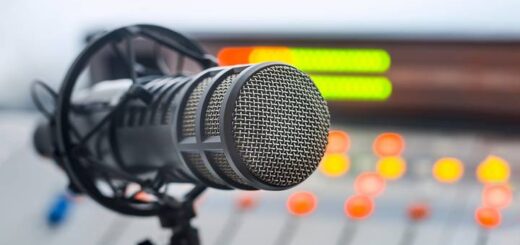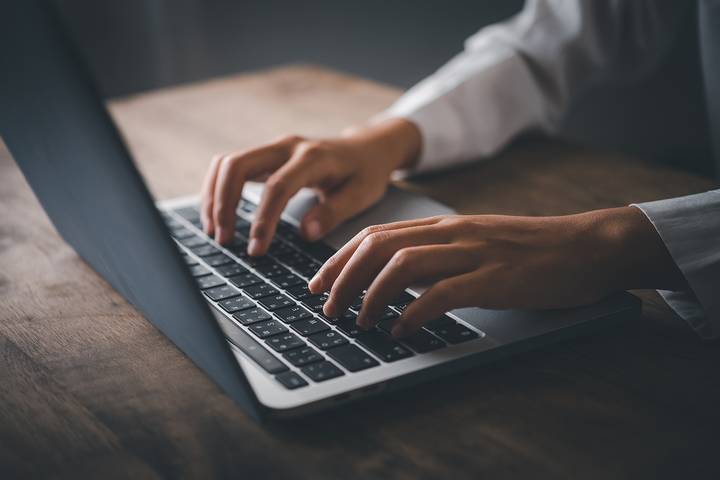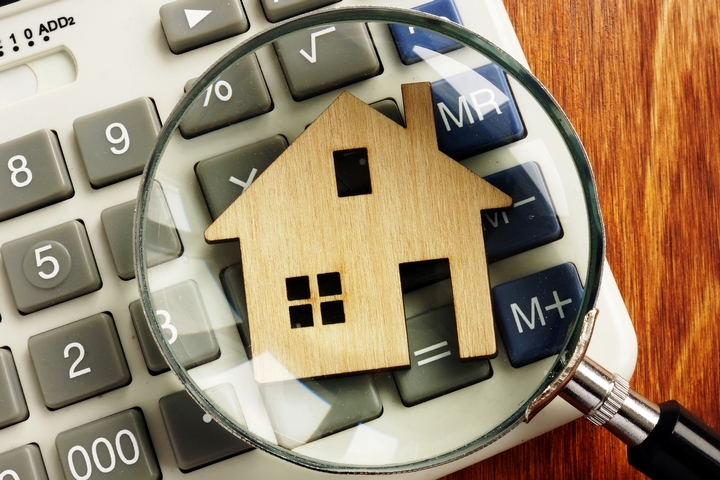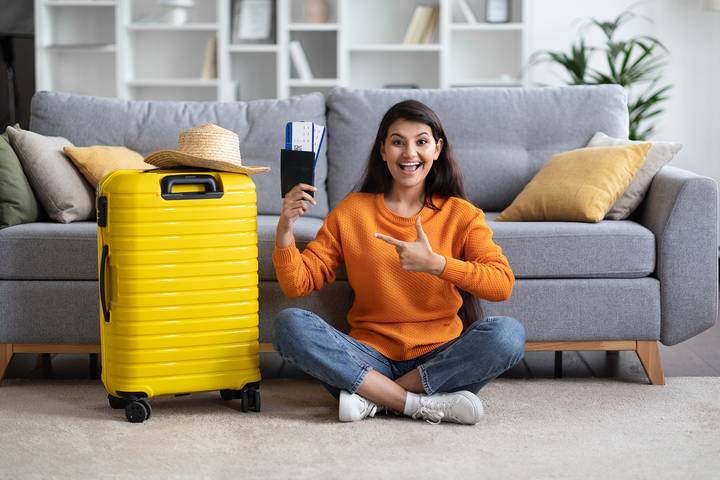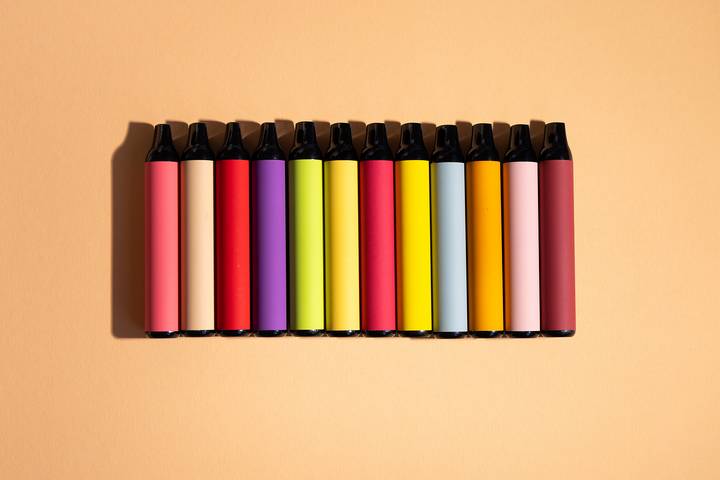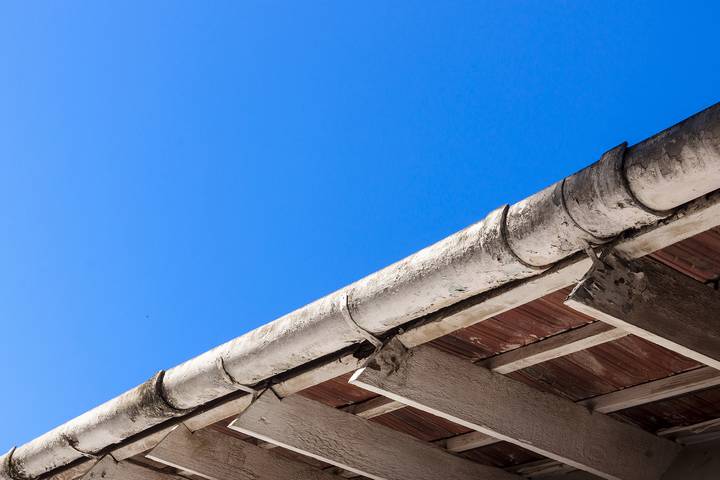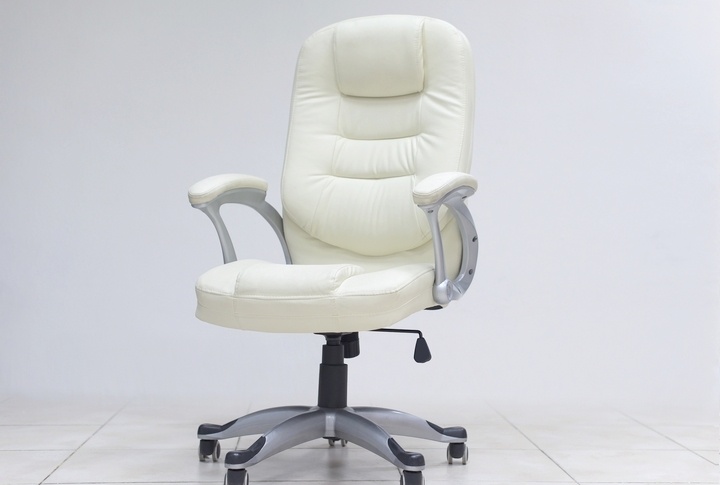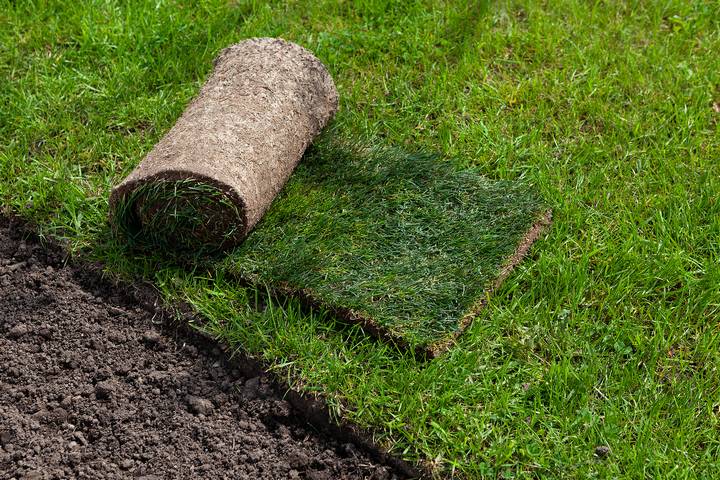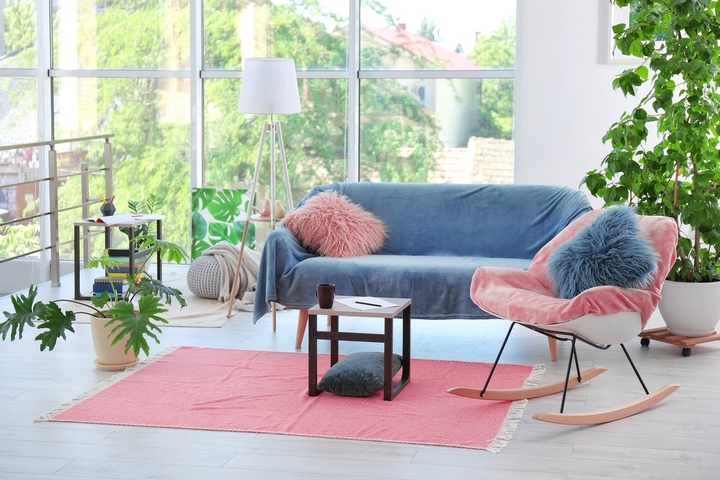How to Print Large Posters: 8 Printing Procedures

Posters are cost-effective marketing, spreading your advertising to a wide audience at lesser expense than what would be given to share the same or similar ad in radio, television, or even digitally. Large format printing and posters are a highly effective way to bring your message to life maximizing its visual impact.
Have you ever printed a large poster? These days, it’s become easier than ever to design and print for events, concerts, marketing, and business purposes. Once you set yourself up with the software, the steps are straightforward. Here are eight printing procedures on how to print large posters
1. Using Adobe or Word to ‘tile’
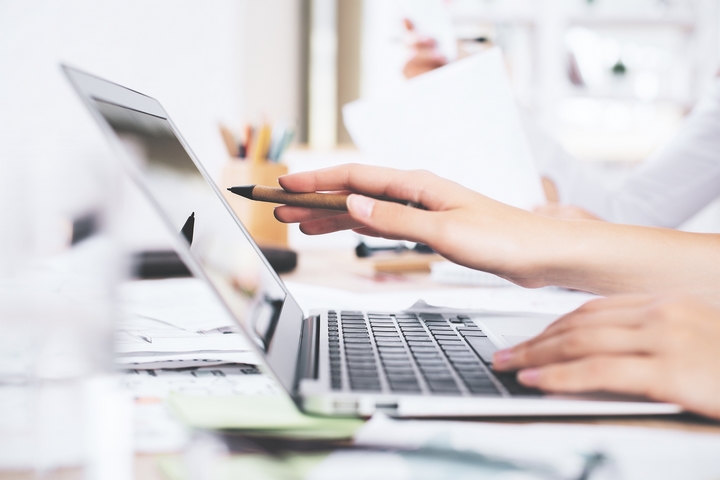
The easiest way on how to print large posters from your very own computer is to use an Adobe program or alternatively, Microsoft Word. Once you have your poster, you simply split it across multiple sheets of paper. This is called ‘tiling’.
Calculating how many sheets are needed, you can readily adjust the size of the original to however you want. Then, once all tiled sheets are printed, you can piece them together.
2. Set up your printer to tile an image

Most modern printers are already equipped with everything you need to create a poster. After selecting your document to print, go into ‘Printer Properties’. Select ‘Paper size’ and put your dimensions in. This may in fact be under the ‘Advanced’ tab depending on what computer or printer you’re using.
After you have your dimensions written, go into ‘Document Options’ and ensure your tiling option is on. Lastly, preview the layout to confirm the multi-page distribution of your image is correct. After that, you are ready to print!
3. What size is best for my poster?
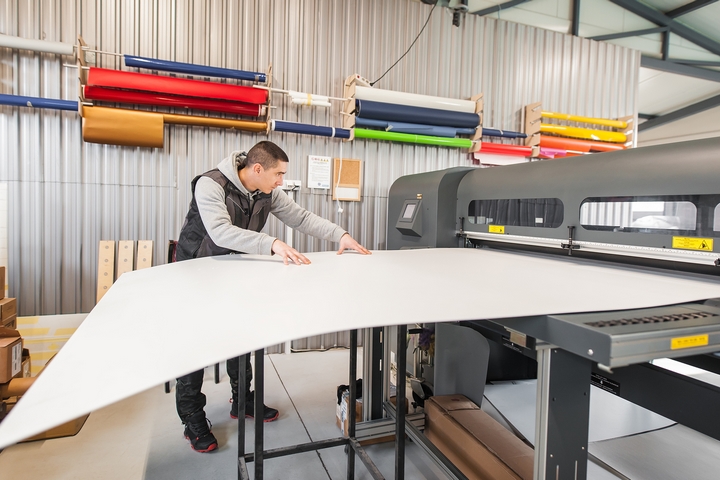
Before printing, you may be unsure of how large you want your poster to be. If this is your very first time printing, know that there are 4 main poster sizes. For small posters, 11” by 17” is standard. Then, there’s 18” by 24” for medium sizes. The largest standard size posters are measured at either 24” by 36” or 27” by 39”. There are of course other measurements you can use, including significantly larger posters. Let these 4 standard sizes simply be the place to start.
If you need to print a poster with even larger dimensions, you will need something stronger than your standard printer. The best choice for big printing tasks is a flexographic printer, which can handle large printing processes with ease.
4. What kind of paper is used to print posters?
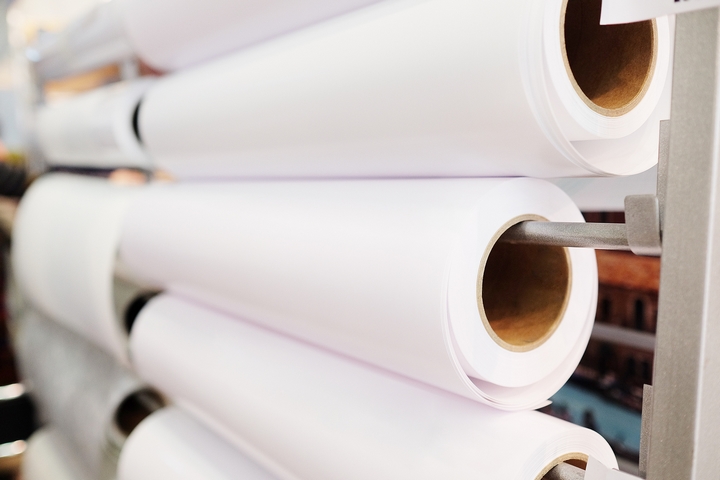
Like size, you can customize the details of your paper printing according to how you like. Regarding posters, there are three common kinds of paper used. There’s A2 (594mm x 420mm), A3 (420mm x 297mm), and A4 (297mm x 210mm). You can print a poster however on almost anything.
For flexographic printers, you will need rolls of large printing paper to input into the machinery. The paper should be kept within flex storage solutions and accessories.
5. Matte or glossy paper for printing posters
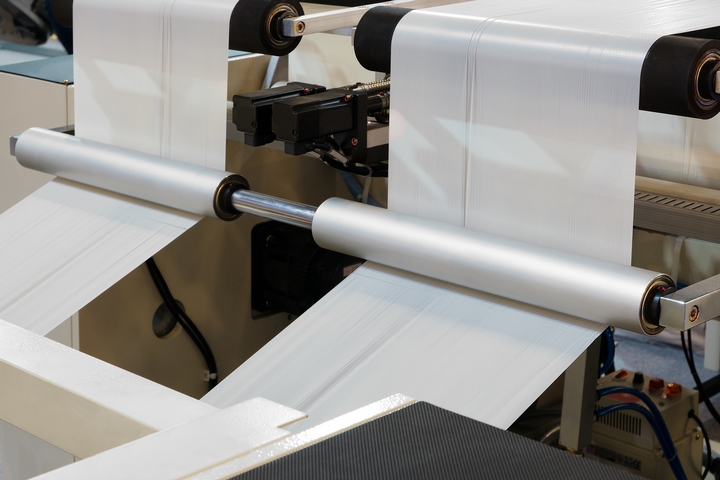
There’s a reason to choose both matte or glossy, depending on the circumstances. Why matte prints are perfect for posters is because this type of paper really emphasizes the texture of an image and also is less susceptible to shine as well as fingerprints.
Then, there are others are choose glossy because of the shine it gives which can help to emphasize color. All in all, weigh the advantages of each. If you want color, glossy’s the choice. If you want emphasize on texture or text, matte’s excellent.
6. What is the best software to use to print a poster?
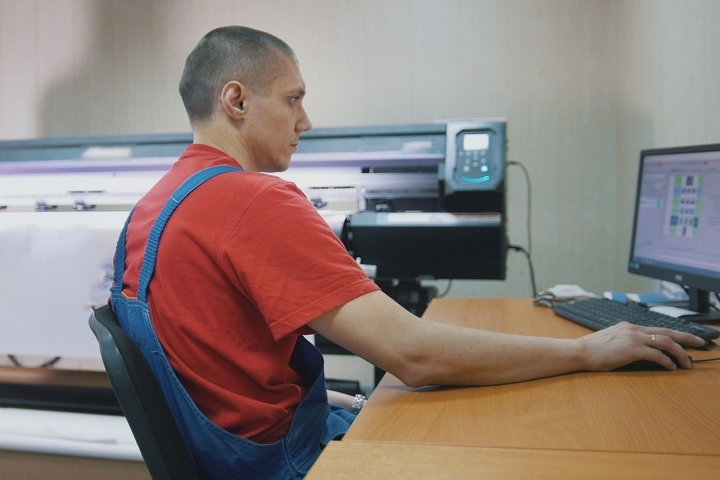
If you’re printing your poster at home, you can design it in your standard Adobe PDF reader or Microsoft Word software. If you really want to create a professional, unique, and high quality product, you may want to shell out a little more money and get yourself some proper poster designing software or to check out if there are free trials available for you to take advantage of.
The best software for designing posters to then print includes Canva, Poster Maker, GIMP, QuarkXPress, LucidPress, and PosterMyWall. The most common, by far, is Adobe Illustrator which can be used to design all sorts of flyers and promotional documents.
7. Simplicity in design
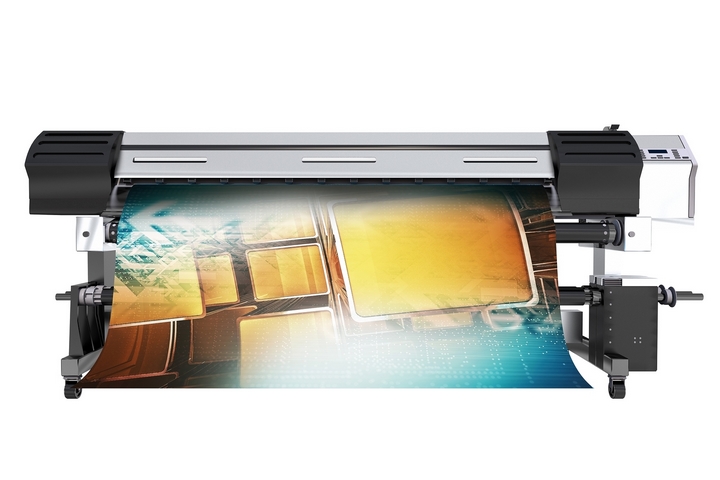
Hopefully you read this before you come to print your large poster. Once printed, you can’t change it again. All design work has to be done before you hit ‘print’. To this point, a general rule in poster printing is that minimalism conquers all. Choosing between graphics, color, any logos, and text, you don’t want to busy it up too much.
Ask yourself how easy it is to read and interpret the message on your poster. Furthermore, ask yourself what it might look like blown up to poster size. What may appear simple on your computer screen can come off looking empty on a large canvas. Needless to say, the actual designing of the poster is an art form onto itself.
8. Any text should be easy to read
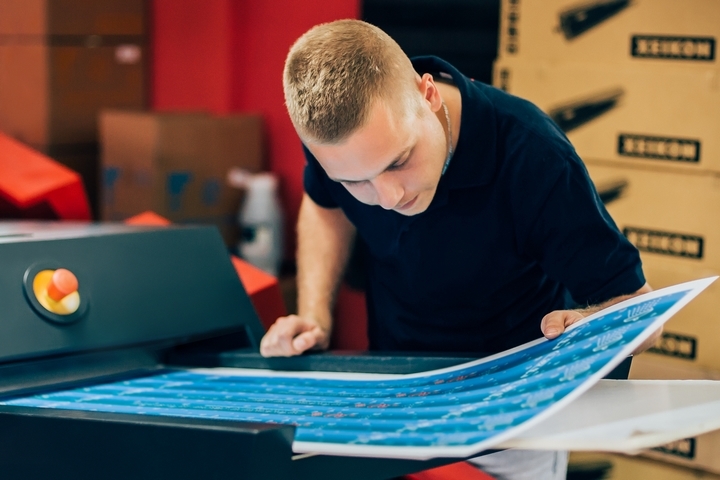
A final note to tack onto everything else on how to make and print large posters is to be aware that every word of text should be readable at least 10 feet away. Text should be short, clear, and to the point. The use of bullets, numbering, and headlines also make everything that much easier to read.



